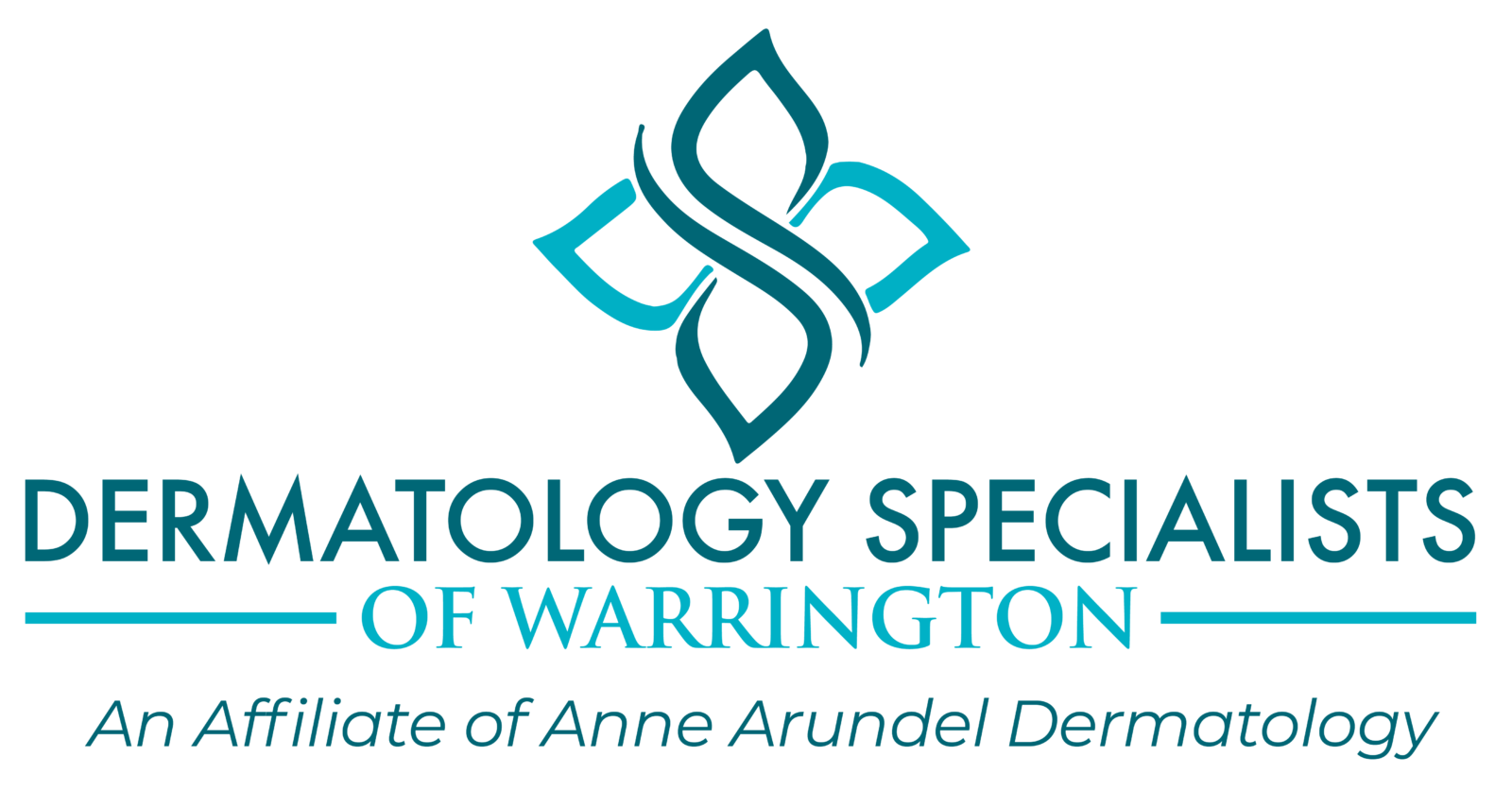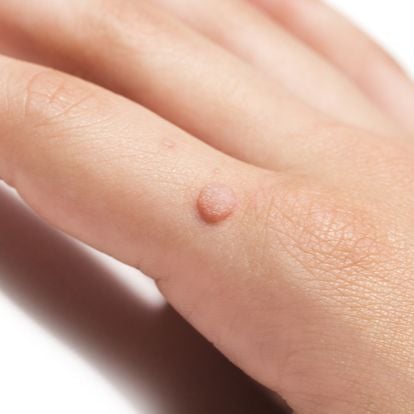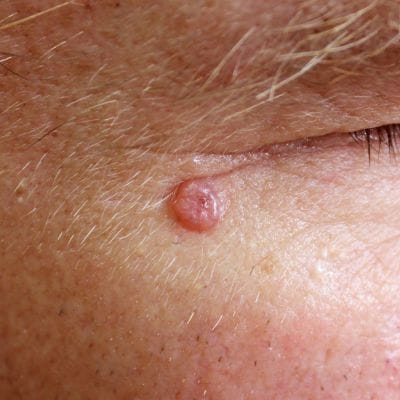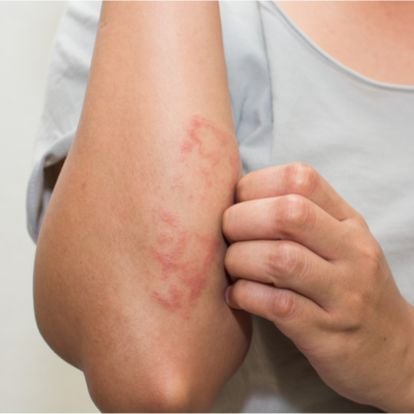Acne
Acne is the most frequent skin condition in the United States. It is characterized by pimples on the face, back, and chest. Every year, about 80% of adolescents have some form of acne and about 5% of adults experience acne.
Acne is made up of two types of blemishes:
- Whiteheads/Blackheads, also known as comedones, are non-inflammatory and appear more on the face and shoulders. As long as they remain uninfected, they are unlikely to lead to scarring.
- Red Pustules or Papules are inflamed pores that fill with pus. These can lead to scarring.
Causes
In normal skin, oil glands under the skin, known as sebaceous glands, produce an oily substance called sebum. The sebum moves from the bottom to the top of each hair follicle and then spills out onto the surface of the skin, taking with it sloughed-off skin cells. With acne, the structure through which the sebum flows gets plugged up. This blockage traps sebum and sloughed-off cells below the skin, preventing them from being released onto the skin’s surface. If the pore’s opening is fully blocked, this produces a whitehead. If the pore’s opening is open, this produces blackheads. When either a whitehead or blackhead becomes inflamed, they can become red pustules or papules.
It is important for patients not to pick or scratch at individual lesions because it can make them inflamed and can lead to long-term scarring.
Treatment
Treating acne is a relatively slow process; there is no overnight remedy. Some treatments include:
- Benzoyl Peroxide: Used in mild cases of acne, benzoyl peroxide reduces the blockages in the hair follicles.
- Oral and Topical Antibiotics: Used to treat any infection in the pores.
- Hormonal Treatments: Can be used for adult women with hormonally induced acne.
- Tretinoin: A derivative of Vitamin A, tretinoin helps unplug the blocked-up material in whiteheads/blackheads. It has become a mainstay in the treatment of acne.
- Extraction: Removal of whiteheads and blackheads using a small metal instrument that is centered on the comedone and pushed down, extruding the blocked pore.







